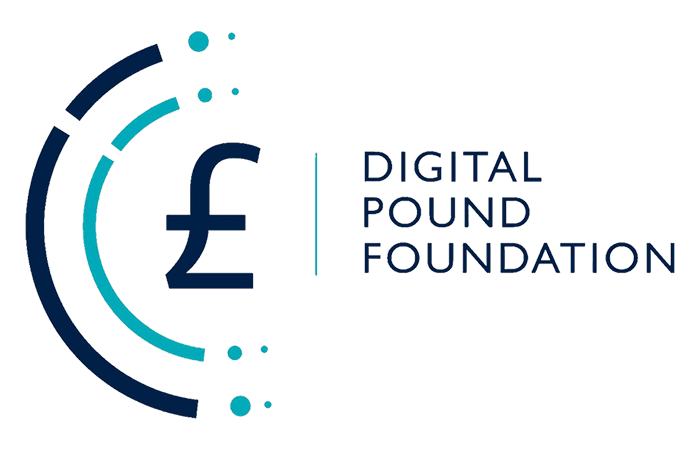The European Central Bank (ECB) has published an economics paper exploring the potential risks associated with the implementation of a Central Bank Digital Currency (CBDC), particularly focusing on the possibility of a ‘bank run’ scenario.
Central banks, according to the paper, face a unique trilemma, different from the blockchain trilemma of security, scalability, and decentralization. This trilemma involves balancing price stability, socially efficient allocation (mainly through interest rates), and financial stability (avoiding bank runs). The research suggests that it is challenging to achieve all three simultaneously.
The paper explains that traditional commercial bank runs occur due to maturity transformation, where banks convert short-term deposits into long-term loans, such as mortgages and business loans. This becomes problematic when many depositors withdraw their funds simultaneously, potentially destabilizing even financially sound banks.
The study then extends this concept to central banks, particularly in the context of a CBDC. Central banks, like commercial banks, also engage in long-term lending, which is evident from activities such as the ECB’s quantitative easing and potential future green investment policies. The introduction of a CBDC introduces new dynamics, as it resembles other bank deposits but with unpredictable consumer spending patterns.
The paper examines scenarios where consumers might either spend their CBDC funds rapidly or transfer them out for better returns. To address such situations, a central bank has options that commercial banks do not, such as printing money to meet demands, which, however, could lead to price instability.
Alternatively, the central bank could raise the interest rates on the CBDC to discourage mass withdrawals. This solution, however, might not align with the economic conditions, particularly in a recovering economy. Another option is to liquidate its loans rapidly, which could trigger a ‘central bank run.’
The study concludes by highlighting the ‘central bank trilemma,’ emphasizing that a central bank engaged in financial intermediation through a CBDC or other means can achieve only two of the following three objectives simultaneously: efficient allocation, financial stability, and price stability. Specifically, a commitment to price stability could trigger a bank run, and achieving a socially optimal allocation might require accepting some level of inflation.
The paper uses a theoretical approach, drawing on microeconomic theory and existing literature on coordination games and self-fulfilling beliefs. It models a scenario with a continuum of small depositors investing in demand-deposits at the central bank, which then invests in illiquid, long-term assets. This setup leads to maturity transformation, making the central bank susceptible to runs.
The research also addresses the central bank’s role as a financial intermediary, offering interest-paying demand-deposit contracts to citizens for investing in the real economy. The paper highlights the challenges in balancing the central bank’s traditional goal of price stability with the need for optimal risk-sharing and resilience against runs. It also discusses how a central bank run might manifest as a run on the price level, leading to high spending due to hyperinflation expectations.
In summary, the paper asserts that a central bank cannot simultaneously achieve full price stability, optimal risk-sharing, and prevent runs when introducing a CBDC. This trilemma, according to the authors, has significant policy implications for the future implementation of CBDCs.
























































